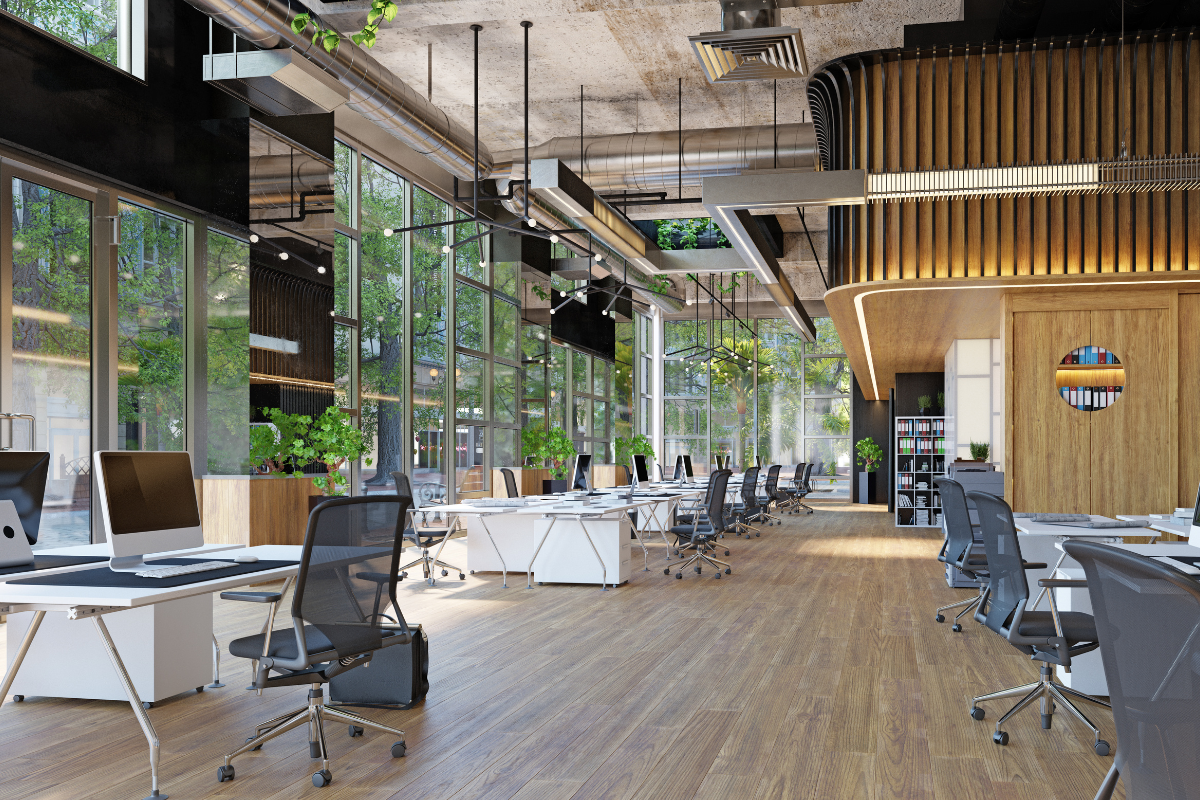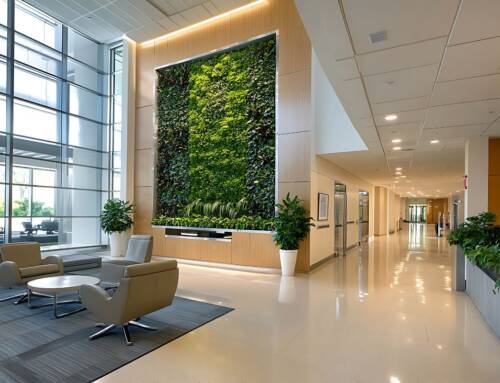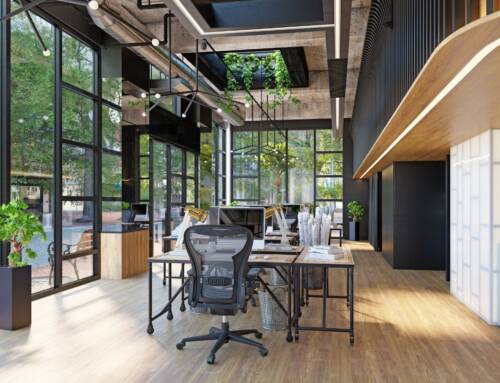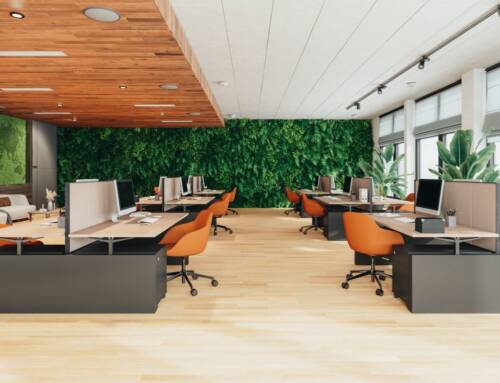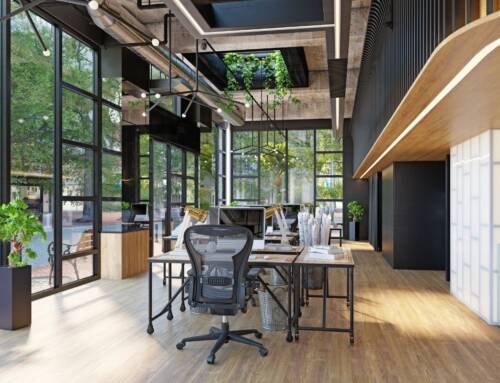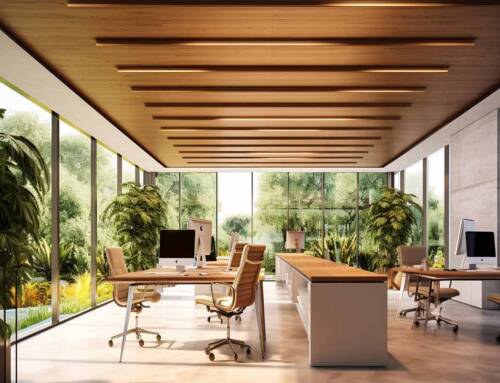Singapore’s workplaces are always evolving to keep up with the needs of a fast-moving and innovative workforce. As we are navigating the year 2025, office design is taking on a new level of importance, shaping how businesses operate and how employees thrive.
In this article, let’s explore the top four office design trends that are redefining workspaces in Singapore and why thoughtful office interior designs matter now more than ever.
Top Office Design Trends
1. Hybrid and Flexible Workspaces
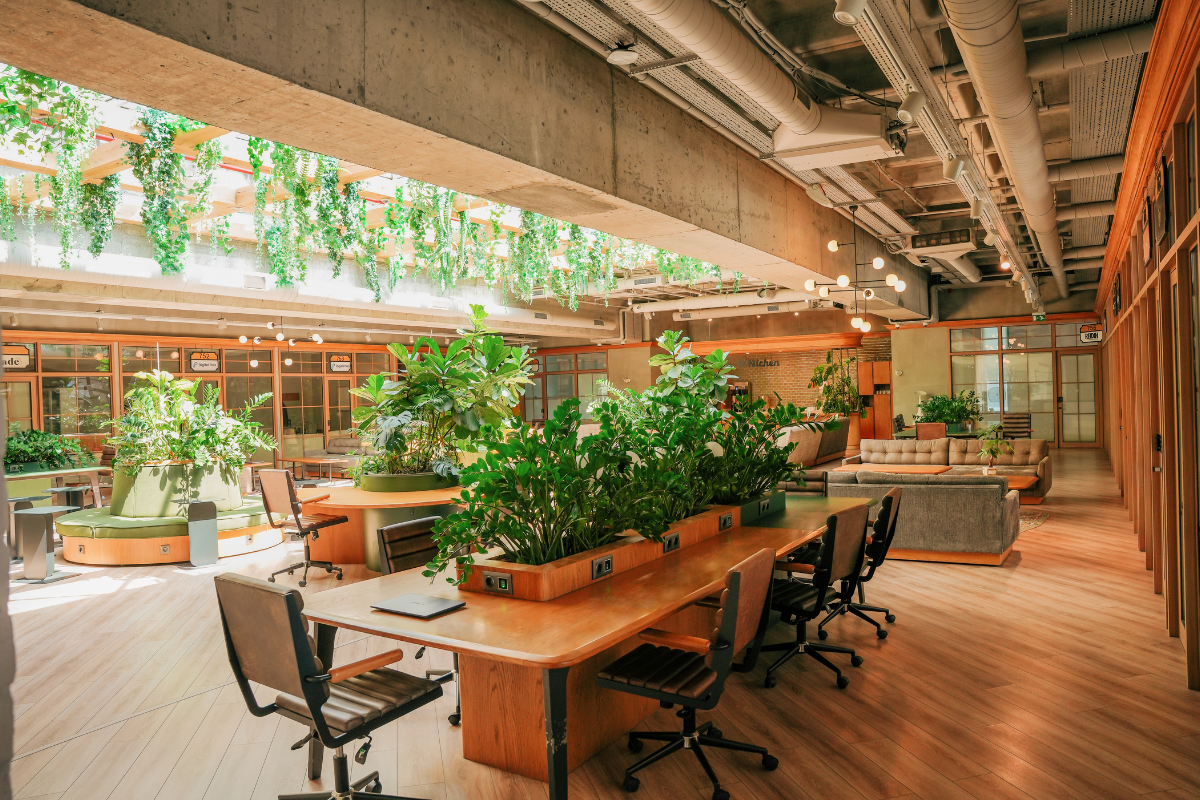
Creating hybrid work spaces, including flexible workstations, hot-desking, and activity-based working, has revolutionised our perception of office spaces. Companies have started transitioning away from traditional fixed workstations and towards flexible spaces.
- Hot-desking. Staff can occupy any free workbench, creating a flexible, autonomous, and collaborative environment.
- Shared workspaces. Designed to enable collaboration and information sharing between groups, departments, and even companies.
- Modular furniture. Reorganised at will, quickly, to suit changing work requirements and group sizes.
- Breakout spaces and collaboration spaces are purpose-designed spaces that stimulate activity and thinking and allow for relaxed conversation, ideation, and collaboration.
The “blended workplace” takes this transition further, undermining conventional work and residence borders. As a result, companies are rethinking commercial leases, becoming ever more flexible to adapt to a flexible, changing workforce.
2. Sustainable and Green Design
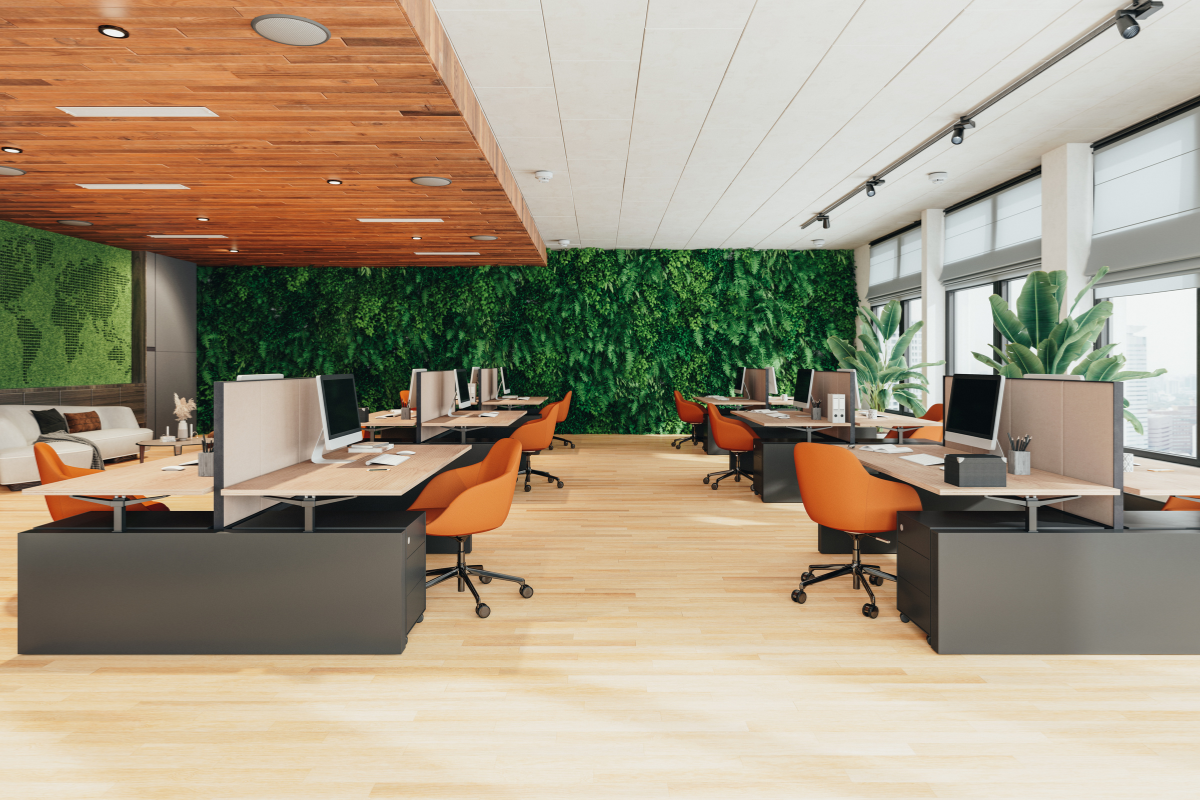
A heightened awareness of the environment, combined with a strong demand for environmentally responsible companies in Singapore, has positioned office planning for sustainability as highly valued.
Here are a few of its most significant factors:
- Locally produced and recycled materials. These lessen one’s footprint through fewer transportation-related emissions and fewer new materials consumed in production.
- Energy-saving alternatives. Office spaces and buildings use energy-saving lights, water-saving toilets, and enhanced ventilation systems to have cleaner air and conserve energy.
- Biophilic design. Bringing nature indoors with living walls, green walls, and organic textures generates a healthy, calm working environment. Biophilic design can counteract stress and enhance cognitive performance, overall wellness, and productivity in a high-rise urban city like Singapore, with no access to surrounding nature.
3. Smart Technology Integration
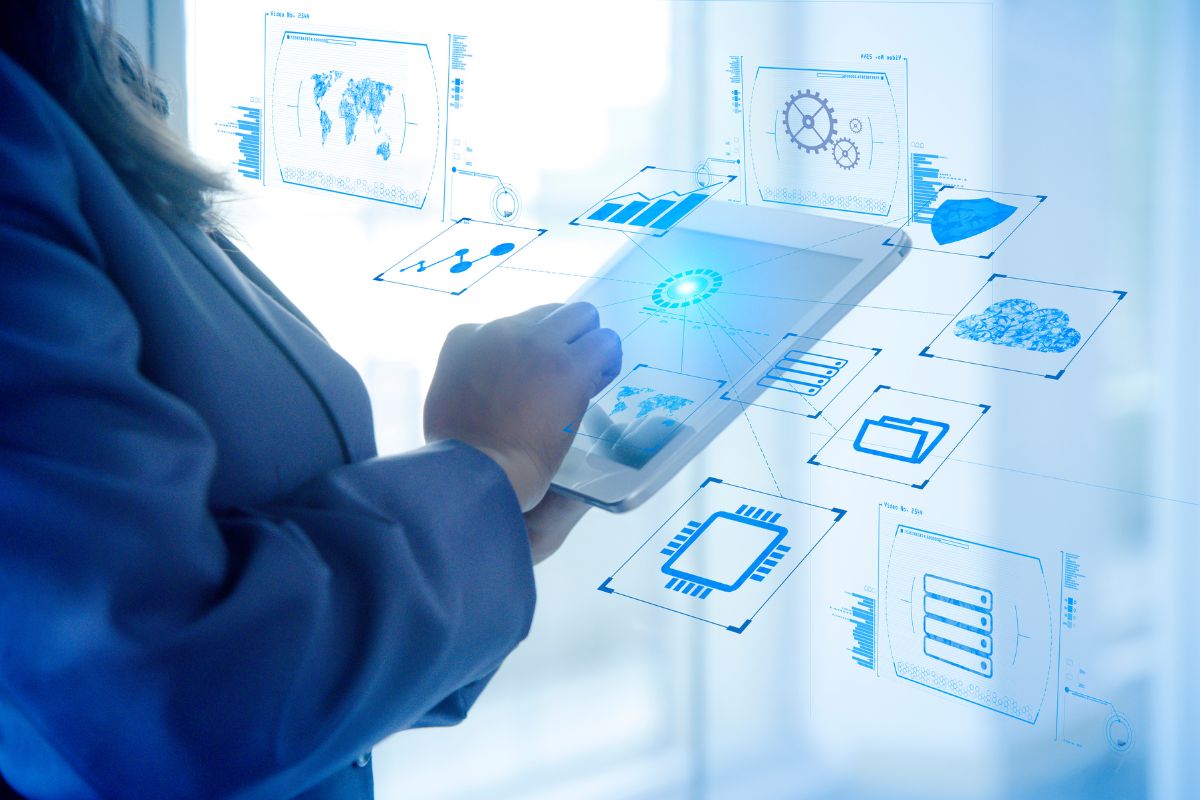
The modern workplace increasingly uses technology to drive efficiency and connectivity. Singaporean offices have followed this trend, embracing new, cutting-edge solutions to maximise operations and enrich workers’ workplace experiences.
- Energy-saving smart lights and temperature controls. Automated controls vary lights and temperatures according to occupancy, conserving energy and delivering comfort. This produces energy savings and a healthy and efficient work environment for workers.
- AI security capabilities. Enhancing security and protecting valuable assets. Examples include face recognition access controls, AI security camera systems, and predictive security vulnerability analysis.
- Smart conference rooms. Interactive boards, sound cancelling technology, and lag-free video conference software enable effective virtual collaboration1. These technologies enable collaboration and communications in and out of the workplace.
- IoT Solutions. IoT sensors can potentially maximise an office’s use and planning by motion-tracking workers’ behaviour. With such information, one can decide to design an office to maximise its use and efficiency.
4. Inclusive Design
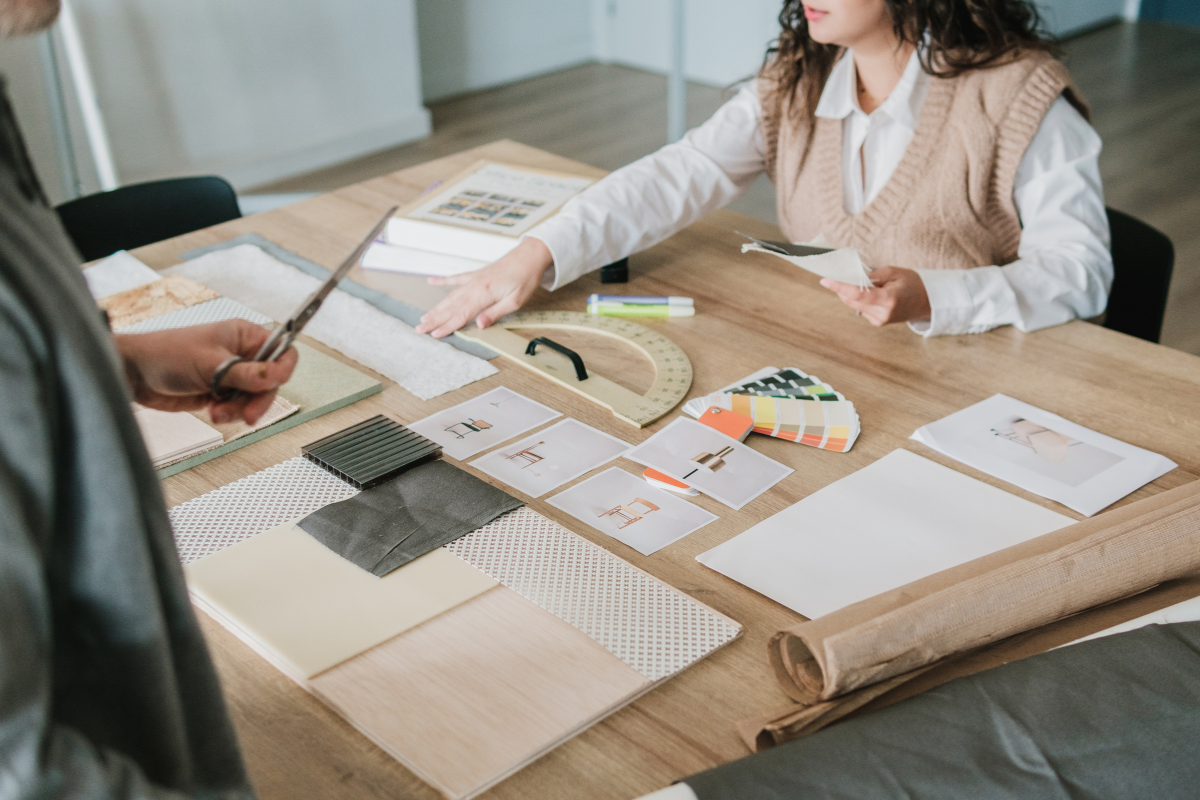
In 2025, workplace design in Singapore will go beyond mere reflection of a company’s brand to one of creating spaces that are inclusive, collaborative, and speak to the aspirations and needs of its workforce. That entails creating work environments that embody a company’s personality and actively involve its community, making them heard and appreciated.
To make such an inclusive brand presence even stronger, companies integrate specific design factors that represent their values and purpose. Some of these factors include brand colors, pictorial representations, striking lights, and inspirational slogans.
Moreover, companies are developing spaces through which workers can become familiar with the heritage, values, and purpose of a company.
Through multimedia displays and interactive installations, such areas reinforce the brand’s identity while including employees in the company’s ongoing journey.
Seating arrangements shift from rigid, hierarchical plans to more inclusive team-centric layouts. This encourages collaboration and fosters stronger relationships within teams.
Modern office design in Singapore is becoming more empathetic and inclusive by incorporating features like tactile flooring, braille signages, and braille-inspired artwork.
The Importance of Office Interior Design in Singapore (2025)
Office interior design is paramount in recruiting and retaining talent in Singapore’s competitive economy. With the growing use of hybrid work, an office should be planned to attract workers and encourage collaboration.
A well-designed workplace can:
- Increase Productivity. A relaxed and energised atmosphere maximises workers’ concentration and productivity. A range of design factors, including ergonomic chairs, proper lighting, and windows for sunlight access, can achieve this.
- Improve Employee Well-being. Biophilic accents, wellness areas, and ergonomically optimised chairs and workstations contribute to a healthy and happy workforce. Examples include height-adjustable workstations, ergonomically optimised chairs, and wellness and mindfulness practice spaces.
- Facilitate Cooperation and Innovation. Interactive spaces and flexible spaces allow for collaboration and information sharing. Examples include breakout spaces, flexible spaces, and shared workspaces.
- Enhance Energy Efficiency. Green alternatives consume less energy and maintain an environmentally friendly atmosphere. Examples include efficient lights, low-consumption taps, and environmentally friendly building materials.
- Strengthen Company Culture and Brand. When designed effectively, office spaces can represent a corporation’s values and make its workers part of a community. Office spaces can achieve such through branding, colours, and artwork that represent a corporation’s values and personality.
Conclusion
Office interior design in Singapore is more critical than ever, as it affects productivity and retention of talent.
Companies may create workspaces that not only look amazing but also operate effectively, efficiently, and in a way that promotes employees’ productivity and well-being by integrating hybrid work approaches, sustainable operations, and cutting-edge technology.
Future work in Singapore will be shaped by all of these tendencies, which will produce lively and fascinating environments that support creativity and achievement.
We can expect these trends to become even more developed in the future, with an even greater emphasis placed on diversity, individuality, and the integration of new and emerging technologies, including artificial intelligence and virtual reality.
Enhance your workspace with expert office interior design in Singapore. Contact Greeen today for a consultation and transform your office into a productive, stylish space!

